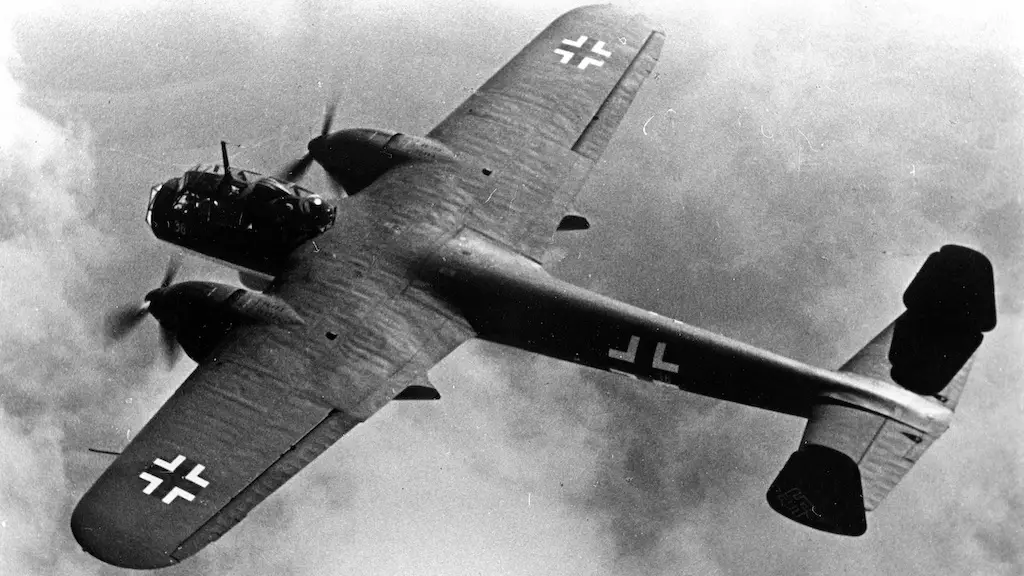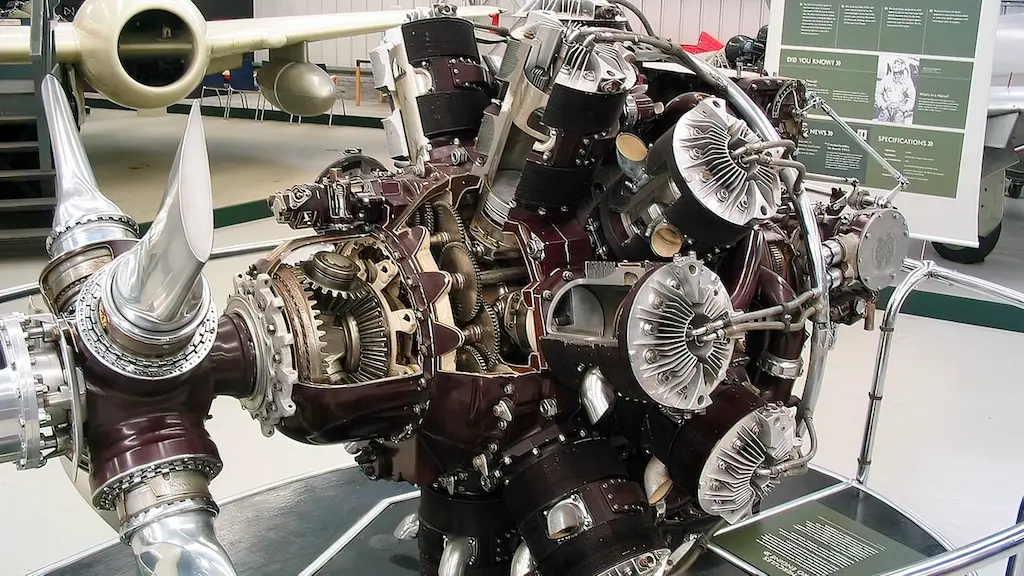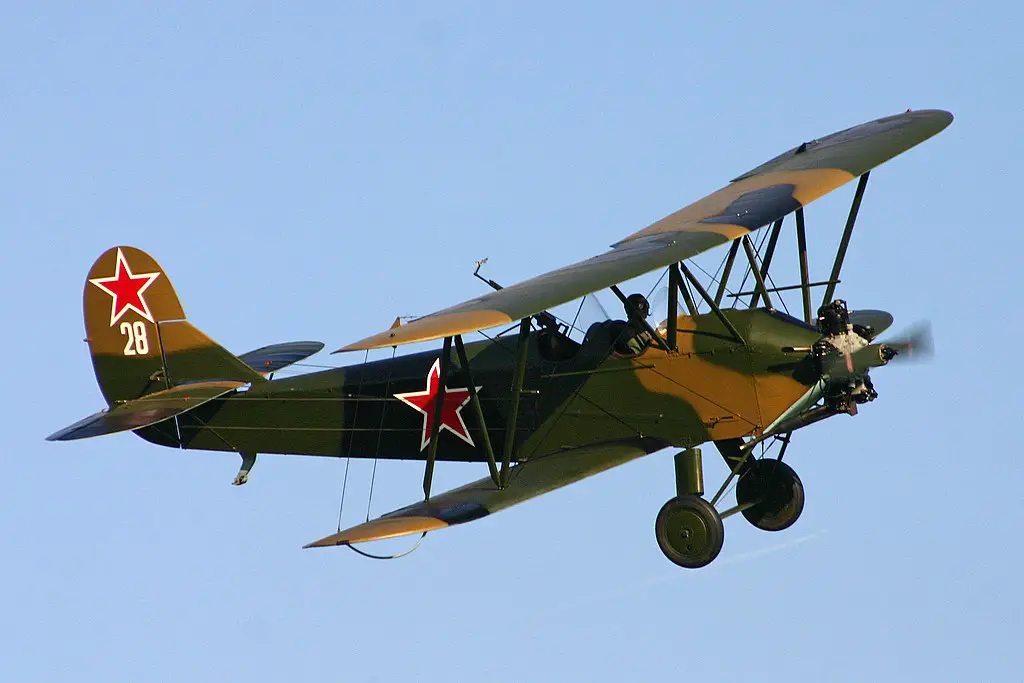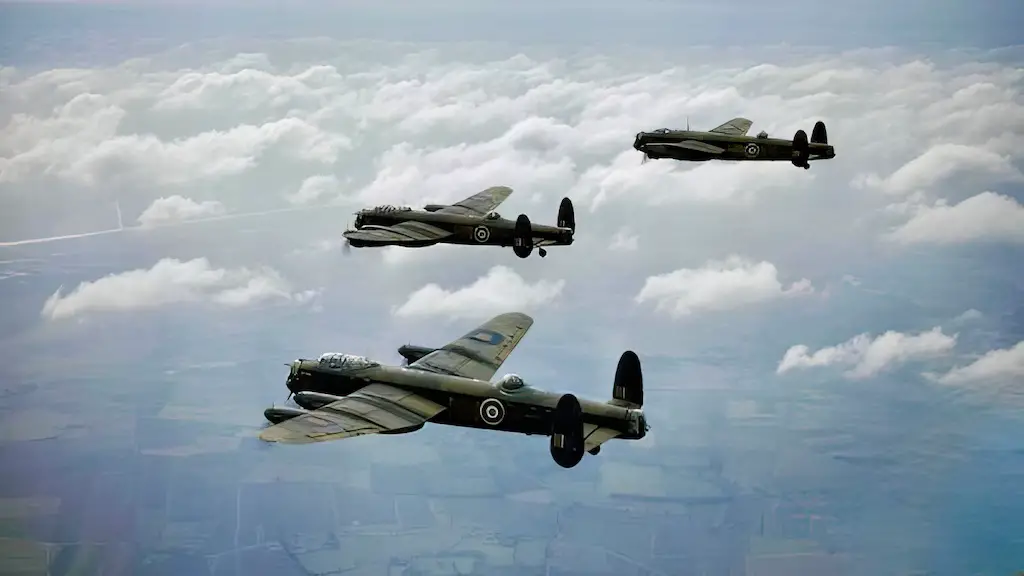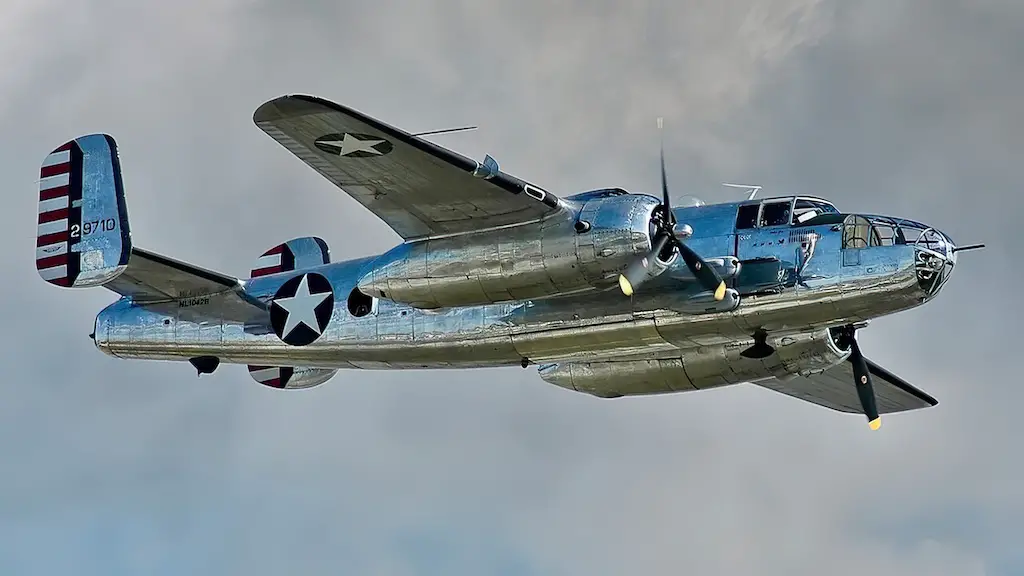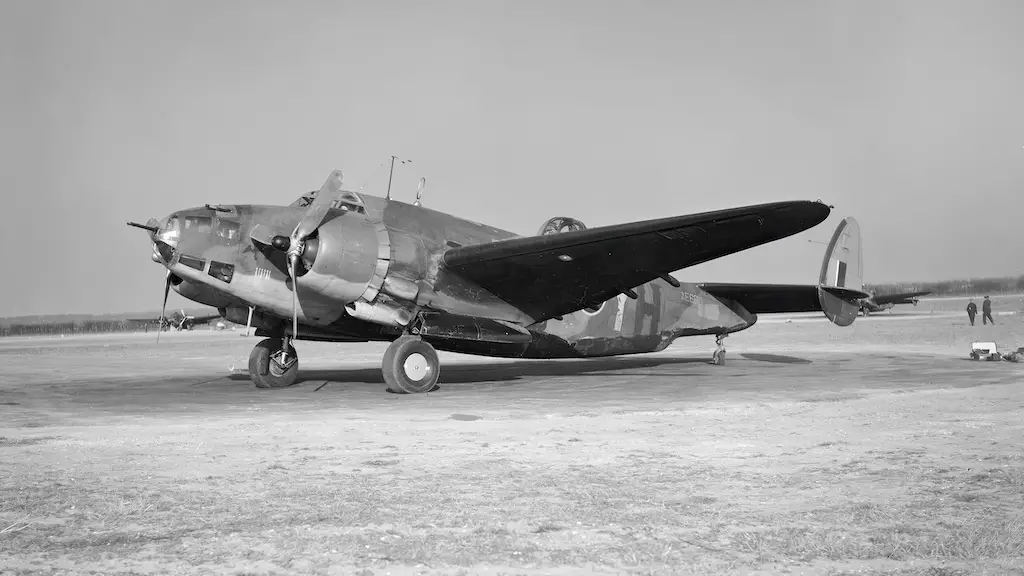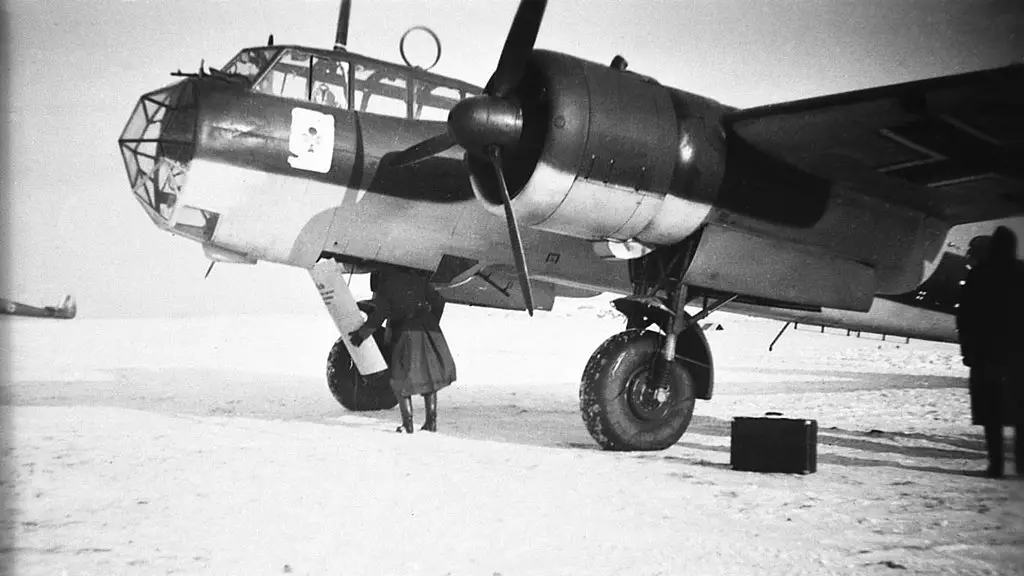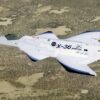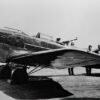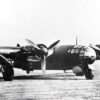Stepping out of the shadow of its predecessor, the Dornier Do 215 earned its reputation as a remarkable aviation machine. It wasn’t just a mere successor to the Do 17, it was an enhanced, bulked-up version. Truly, it was the Do-17 on steroids.
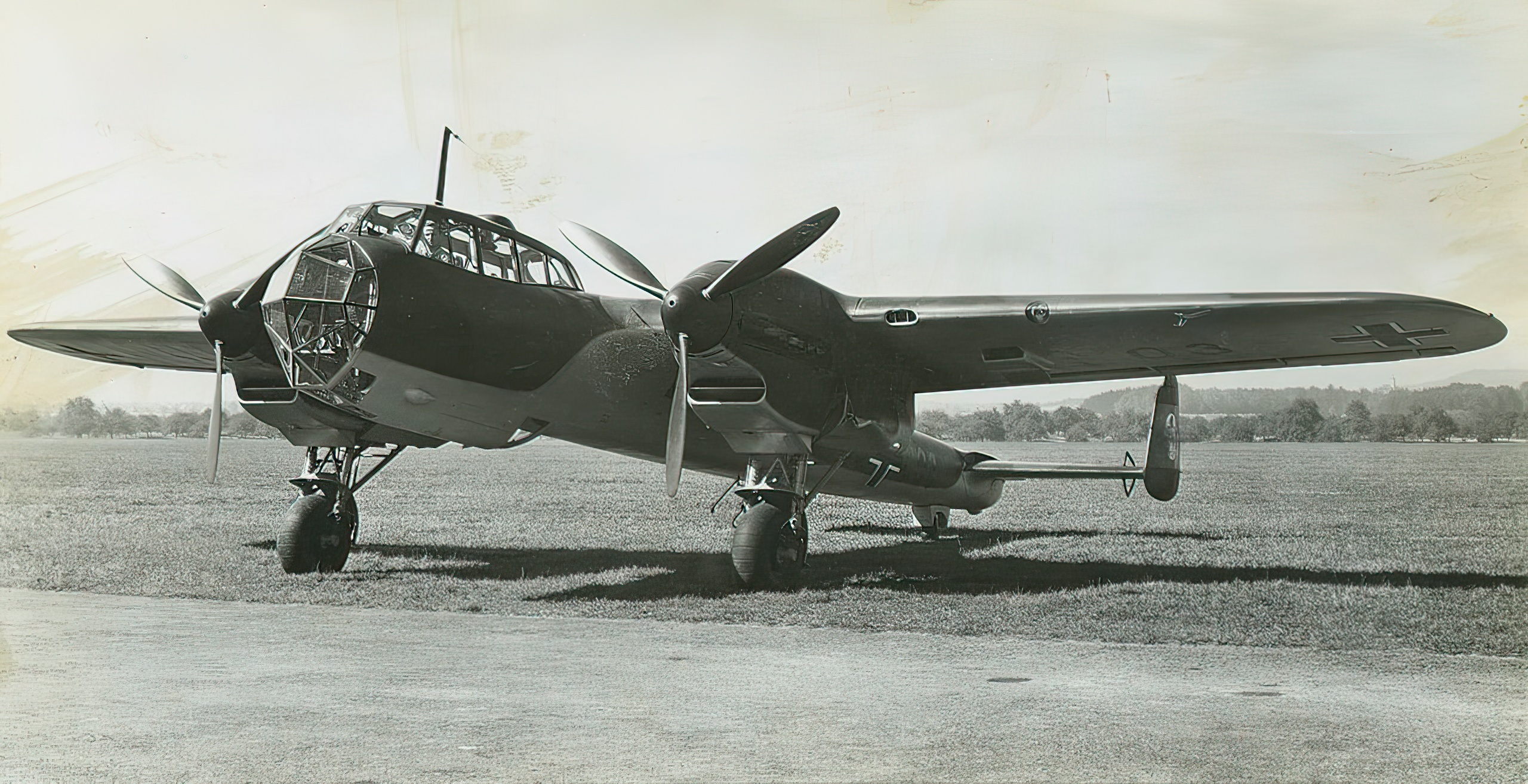
The Development Story
Amidst the escalating tensions of 1937, foreign air forces saw potential in the Dornier Do 17, prompting Dornier to think of an export-focused version. This initiative birthed the Dornier Do 215. Interestingly, even with its export designation, the aircraft found a robust deployment within the Luftwaffe, showcasing its universal appeal and versatility.
The initial stages weren’t without their challenges. The Do 215 V1 prototype, powered by the Bramo 323 Fafnir radial engine, met an unfortunate end in a crash. However, it was the third prototype, the Do 215 V3, that truly changed the game. Incorporating the mighty Daimler-Benz DB 601 Ba inline engine, it showcased marked improvements in flight performance, setting the stage for the aircraft’s success.
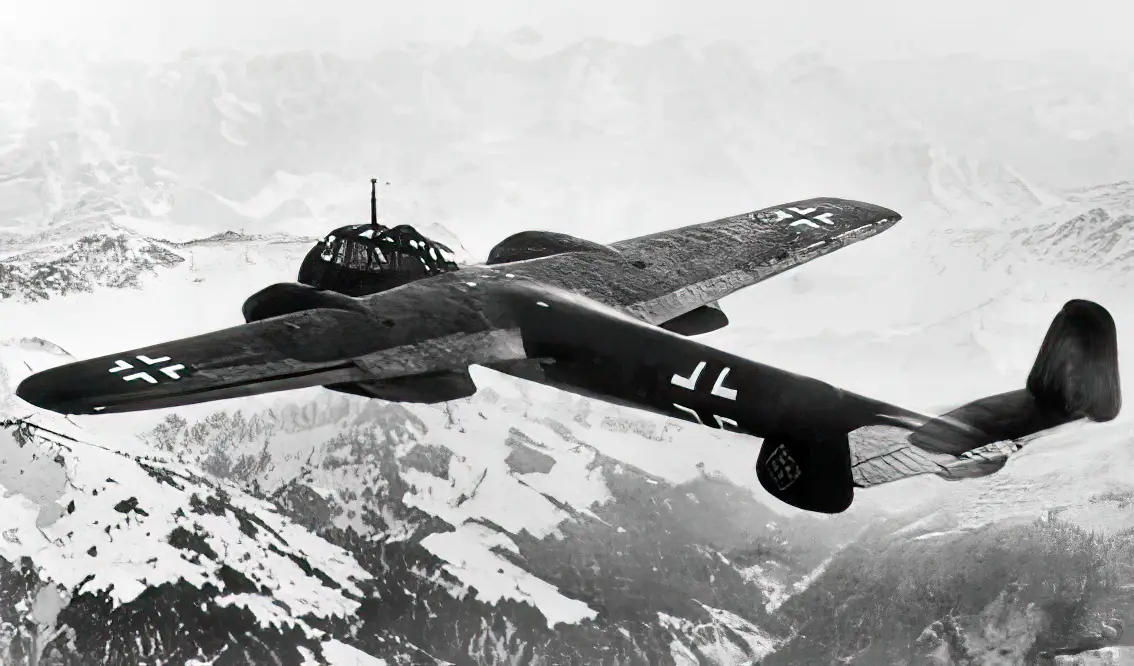
The Daimler-Benz DB 601
The engine was where the Do 215 truly distinguished itself. The transition from the Daimler-Benz DB 600 in earlier models to the 601 Ba inline engine in the Do 215 V3 was pivotal. This beast, with its staggering 1,175 PS (or 1,159 hp), turned the Do 215 into an airborne dynamo, giving it unparalleled flight capabilities for its time.
This engine brought about an efficiency and reliability that became the hallmark of the Do 215. It provided the aircraft with the stamina and vigor needed to complete long-haul reconnaissance missions, ensuring the Luftwaffe had the aerial edge they desired.
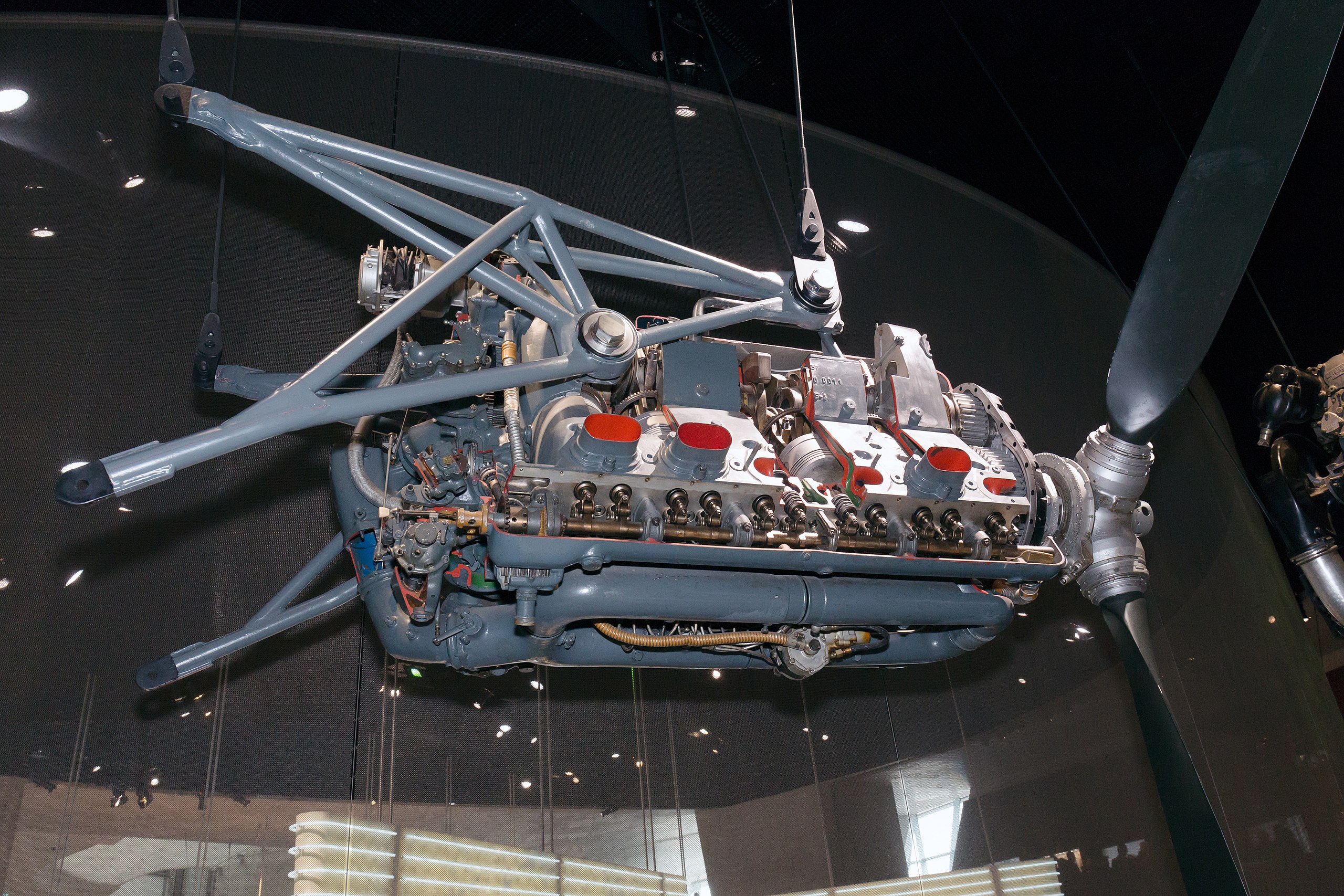
Improvements over the Do-17
The Do 215 was a step ahead of the Do 17 in more ways than one. Its streamlined design was an exercise in aerodynamic efficiency, allowing for swifter, more agile movements in the air.
Furthermore, the Do 215 was adaptable. The addition of state-of-the-art camera equipment, notably the Rb 20/30 and Rb 50/30, made it a formidable reconnaissance force. This adaptability ensured that the Do 215 could cater to the diverse and rapidly changing demands of WWII aerial combat.
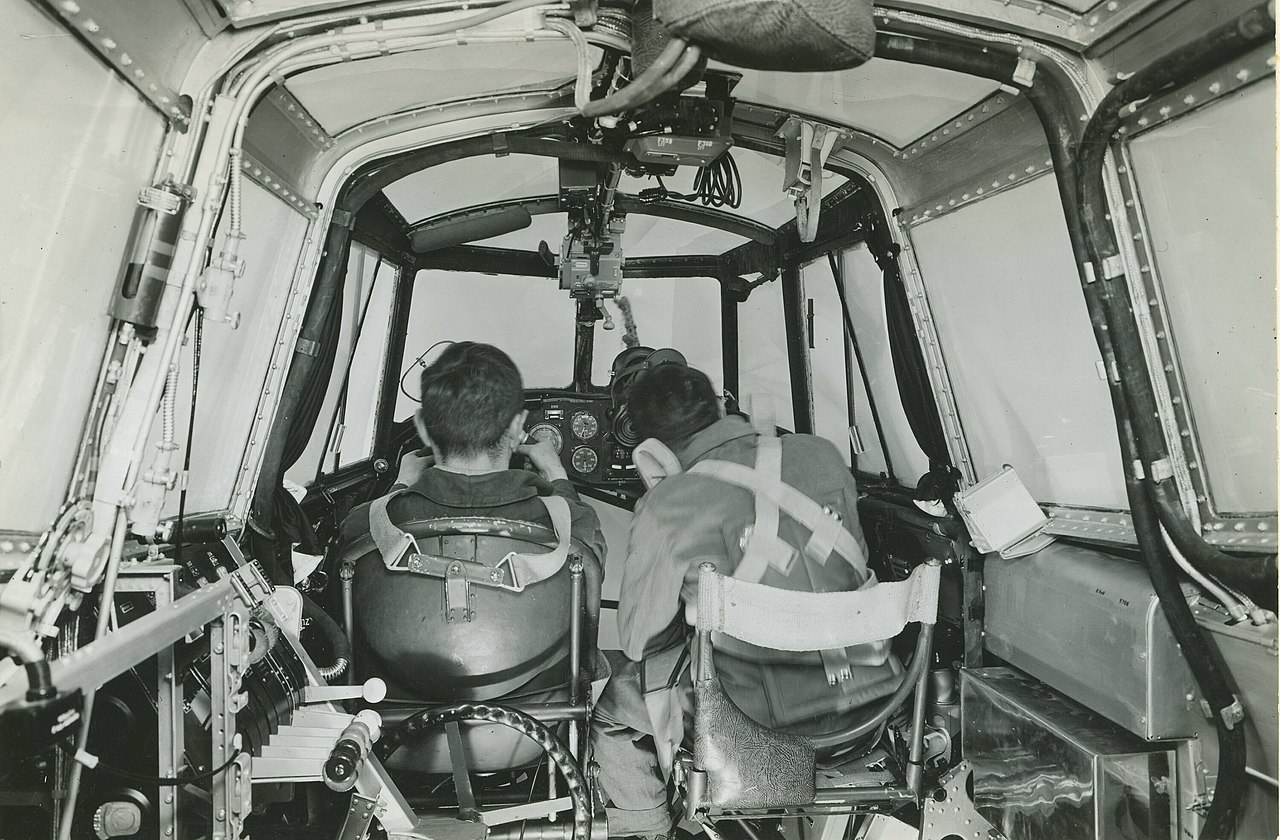
Shortcomings and The Advent of Do 217
Despite its advances, the Do 215 had areas awaiting improvement. These limitations became more apparent as the warfare landscape evolved, demanding more from its airborne fleet. The Do 217 was Dornier’s answer to these gaps, coming with improved bomb load capacities and an array of mission-specific adaptations.
While the Do 215 laid the foundation, the Do 217 built on it, offering enhanced bomber, reconnaissance, and night-fighting functionalities. The innovations in the Do 217, in many ways, are a testament to the learnings gathered from the Do 215’s time in the skies.

